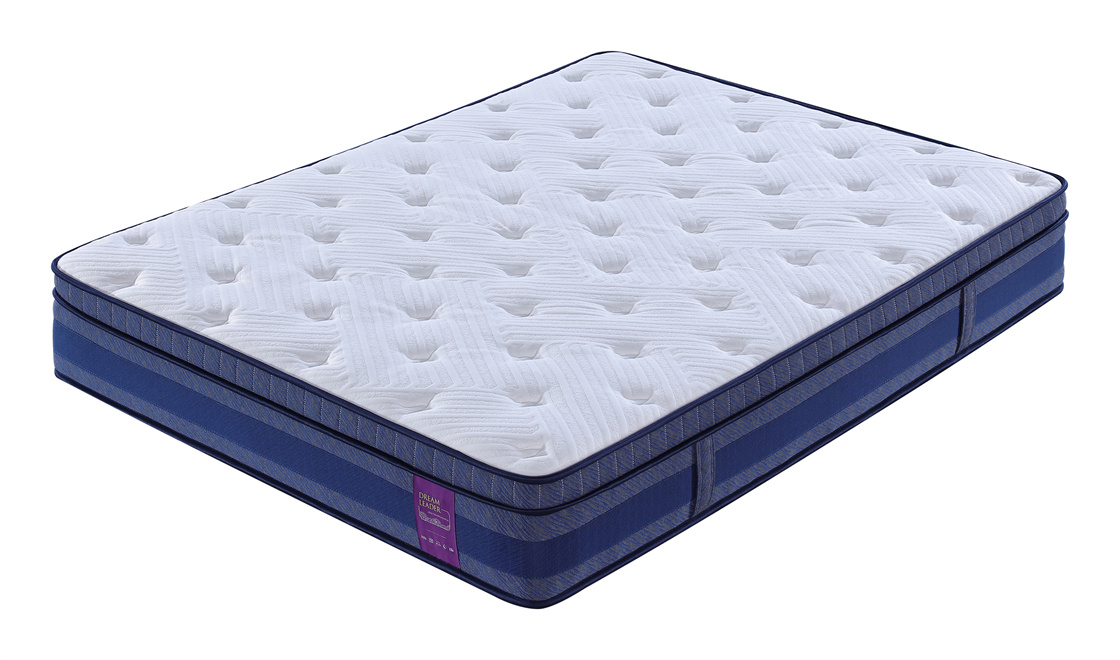Memory foam mattresses have gained immense popularity over the years due to their ability to provide superior comfort and support. However, one typical issue that develops with these mattresses is sagging. In this article, we will explore the factors that contribute to sagging in memory foam mattresses and how to prevent and address this problem.
Understanding Memory Foam Mattresses
Memory foam mattresses are made from viscoelastic foam, which conforms to the shape of the body, providing personalized support. They are known for reducing pressure points and promoting better sleep quality.
Durability and Longevity of Memory Foam Mattresses
While memory foam mattresses are celebrated for their durability and potential to outlast traditional innerspring mattresses, no mattress is immune to the effects of time and use. Memory foam, in particular, may eventually show signs of sagging. This is often less about the mattress 'wearing out' and more about the natural adaptation of the material to the sustained pressure of regular use. High-quality memory foam mattresses are engineered to maintain their support and comfort for many years, but understanding the conditions that lead to sagging can help you make informed choices and maintain your mattress effectively.
Causes Of Sagging In Memory Foam Mattresses
Several factors contribute to sagging in memory foam mattresses. The first and most natural cause is regular wear and tear. Over time, the foam can lose its resilience, leading to indentations and sagging.
Another important consideration is the density of the memory foam. Lower-density foam sags more easily because it lacks structural support. Therefore, when choosing a memory foam mattress, it's essential to consider the density of the foam to avoid potential sagging issues.
Additionally, improper mattress maintenance can exacerbate sagging problems. Failing to rotate or flip the mattress regularly can lead to uneven wear, accelerating sagging.

Preventing Sagging In Memory Foam Mattresses
A sagging memory foam mattress can lead to discomfort and disrupt your sleep quality. To ensure your memory foam mattress maintains its supportive properties and extends its lifespan, follow these essential tips:
Mattress Rotation And Flipping
Regularly rotate your memory foam mattress to promote even wear. Most memory foam mattresses can be rotated from head to foot, while some models are designed to be flipped. By rotating and turning your mattress every few months, you distribute pressure uniformly over the surface, lowering the danger of sagging and preventing excessive wear in certain regions.
Using A Mattress Topper
Consider adding an extra layer of protection with a high-quality mattress topper. A topper can give another layer of cushioning between your body and the memory foam, decreasing the direct impact on the foam itself. It also acts as a barrier against spills, stains, and dirt, keeping your mattress cleaner and less susceptible to damage.
Proper Support And Foundation
Make sure your memory foam mattress is supported by a solid base or bed frame. Proper support is vital for preventing sagging and preserving the integrity of the mattress. Memory foam mattresses are commonly supported by box springs, platform beds, and slatted foundations.

Tips For Extending The Lifespan Of A Memory Foam Mattress
To maximize the lifespan of your memory foam mattress and preserve its comfort and support, consider the following tips:
Regular Cleaning And Maintenance
Keep your memory foam mattress clean by regularly vacuuming it with a brush attachment to remove dust, debris, and skin cells that can accumulate over time. Spot-cleaning stains with a light detergent and water can also help preserve the look and cleanliness of the mattress.
Using A Mattress Protector
Invest in a high-quality mattress protector to shield your memory foam mattress from spills, stains, and potential damage. A waterproof and breathable mattress cover acts as a barrier against liquids, preventing them from penetrating the foam and extending the life of the mattress.

Rotate Regularly and Flip When Appropriate
While it's true that some memory foam mattresses are designed to be one-sided and should not be flipped, they still benefit from regular rotation. Rotate the mattress 180 degrees from head to foot every three to six months to promote even wear and extend its life. For double-sided memory foam mattresses, flipping them over in addition to rotating can further distribute wear and prolong mattress life.
Don't Overload The Bed
While memory foam mattresses are known for their ability to distribute weight evenly, overloading the bed with excessive weight can lead to sagging. If you sleep with a spouse or a kid, be sure your total weight does not exceed the weight restriction of the mattress.
Conclusion
With mindful care and maintenance, your memory foam mattress can serve as a cornerstone of restful sleep for years to come. Implementing regular rotation, ensuring proper foundational support, and adhering to a routine of maintenance are pivotal steps in mitigating the risk of sagging. Should you be in the market for a new mattress, consider exploring the offerings from DREAMLEADER, renowned for their quality and comfort. For inquiries or more information about our selection, please reach out to us at dreamleader@dreamleader.com, and we'll be happy to assist you in finding the perfect mattresses solution!
 0086-13702825101
0086-13702825101  dreamleader@dreamleader.com
dreamleader@dreamleader.com  search
search




.jpg)